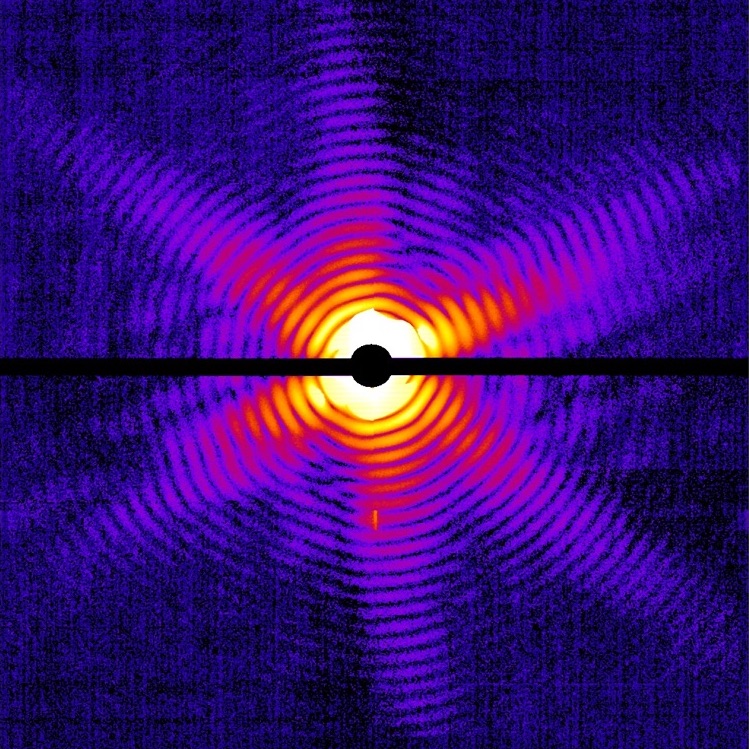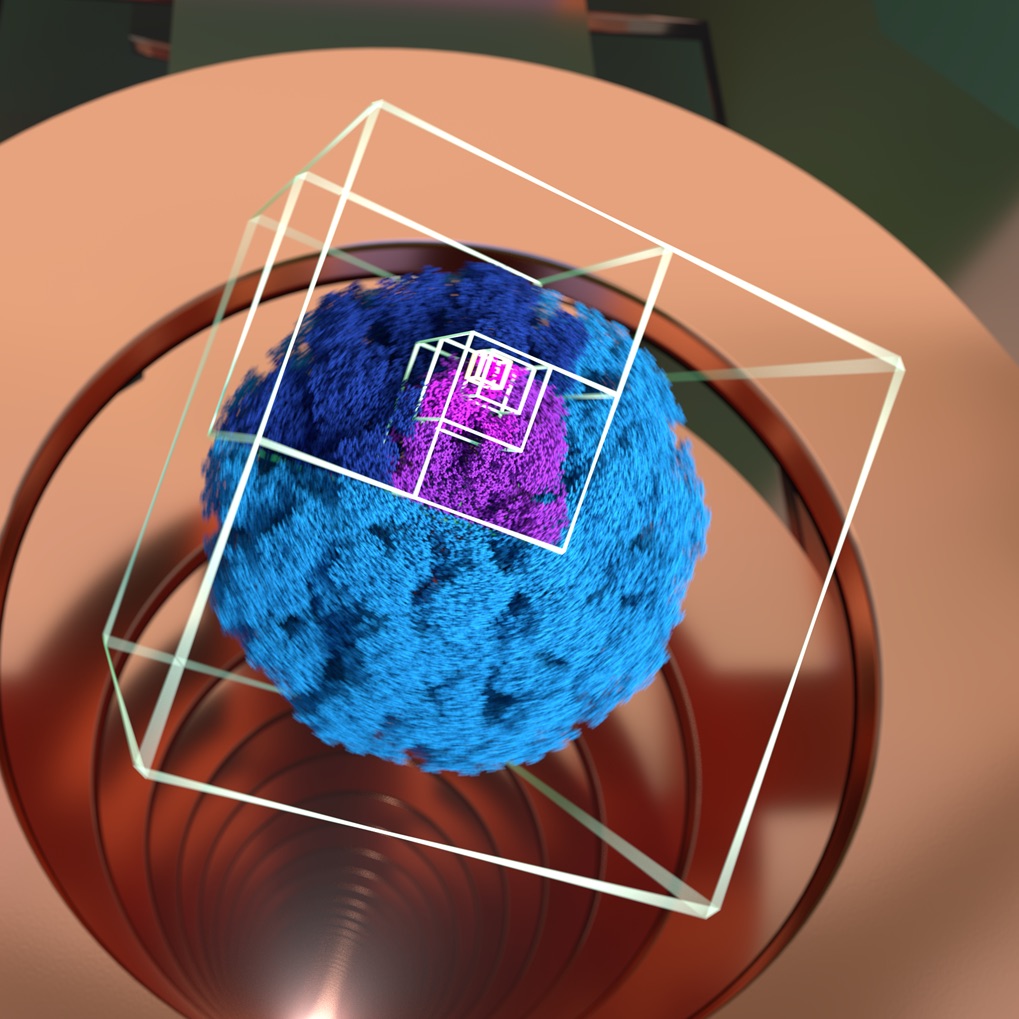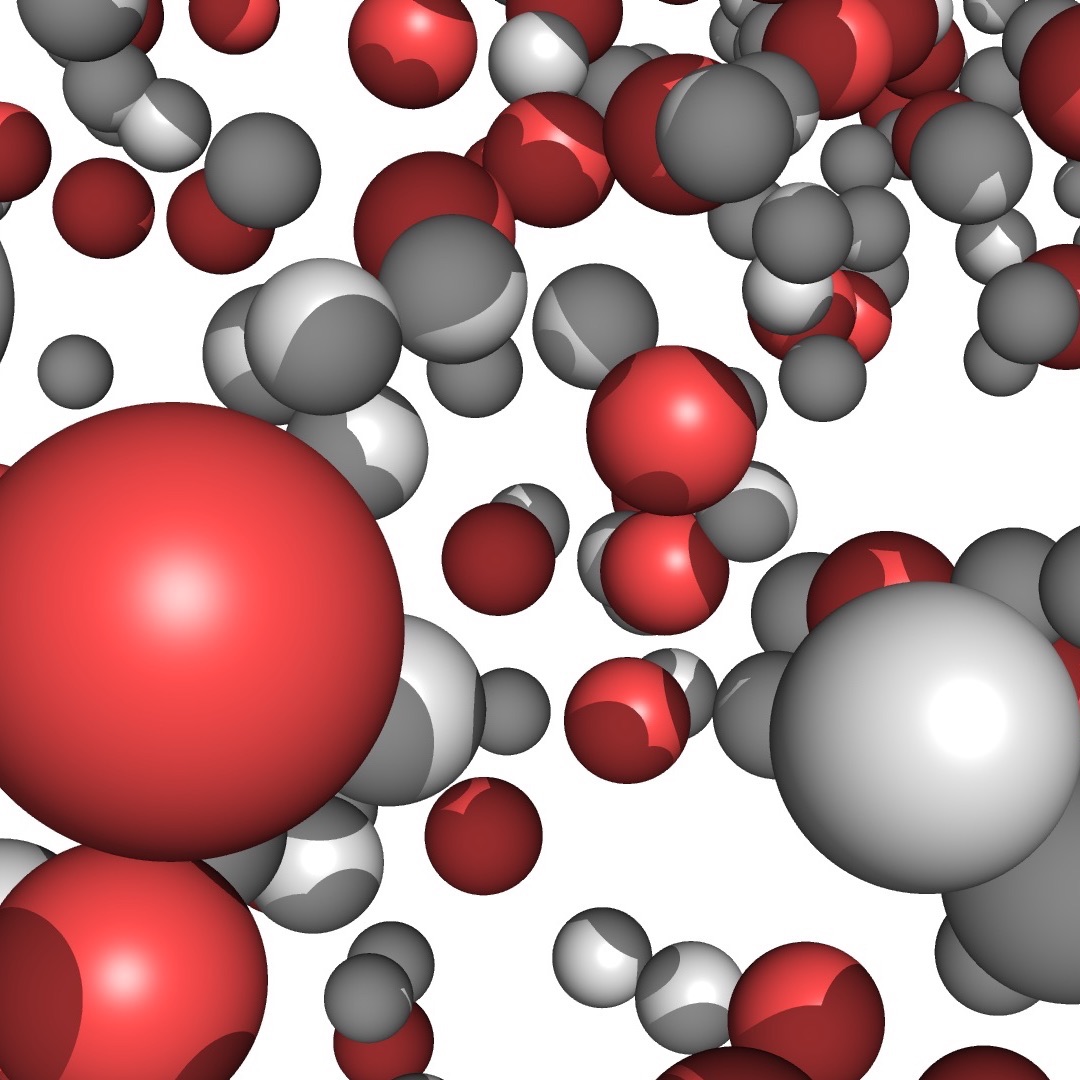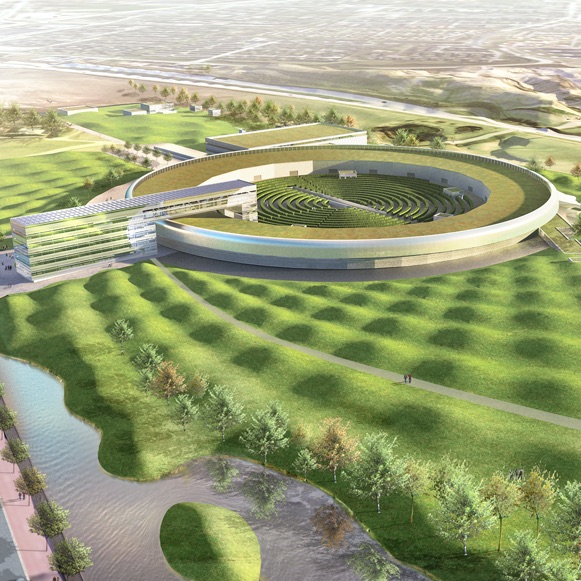
PhD Student in computational nanoimaging
Project Leader: Filipe Maia
This project aims to develop real-time ptychography reconstruction algorithms, including 2D and 3D far field ptychography as well as Bragg ptychography. These algorithms will be deployed at the SoftiMAX and NanoMAX beamlines of MAX IV. We aim to dramatically decrease reconstruction time and improve the robustness and quality of the nanoscale reconstructions. This project will open the doors of this cutting-edge imaging technology to a much larger fraction of the scientific community, accelerating the pace of scientific discovery.
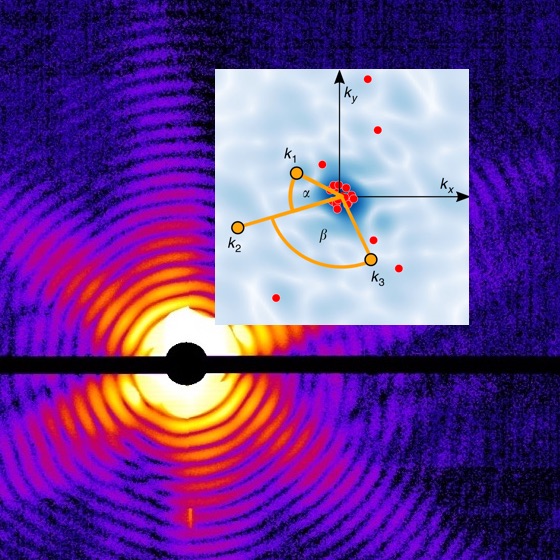
Postdoc in Fluctuation X-ray Scattering
Project Leader: Filipe Maia
Detecting the atomic structure of biomolecules is the basis for understanding biological function at the molecular level. The project will develop fluctuation correlation X-ray scattering (FXS) with powerful X-ray free-electron lasers (XFEL), and aims to establish FXS as a new method for structure determination of biomolecules in native, ‘biological‘, conditions.
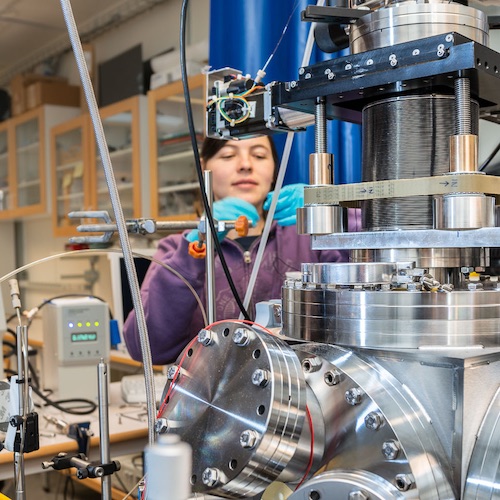
Postdoc in Sample Delivery
Project Leader: Filipe Maia
Sample delivery is critical to the success of any experiment. The project will focus on improving the reliability and size range of electrospray sample delivery for X-ray diffraction imaging experiments. Such developments will pave the way to the analysis of from single proteins data using established 3D reconstruction methods.
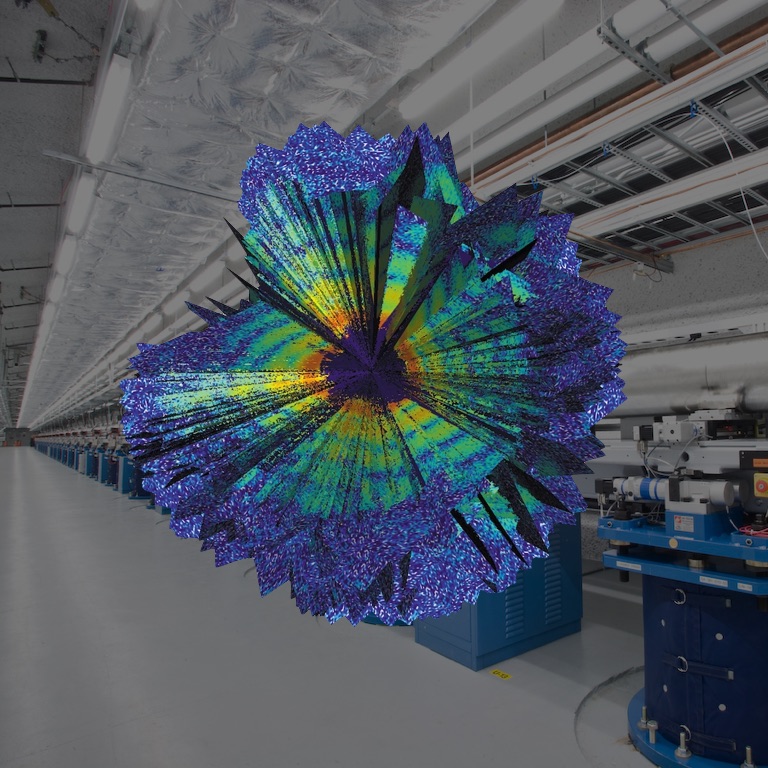
PhD Students in Molecular Biophysics
Project Leader: Tomas Ekeberg
Proteins are dynamic structures that fluctuate and it is these transitions that give the protein its function. Given the ultra-short pulse length of free-electron lasers, collected data could be used to study protein dynamics at a very high time resolution. This does however pose great challenges in terms of data analysis to be able to sort through hundreds of thousands of diffraction patterns and from there determine a three-dimensional structure. This challenge will be the focus of this PhD project. This is a truly interdisciplinary research area that brings together physics, biology and data science.
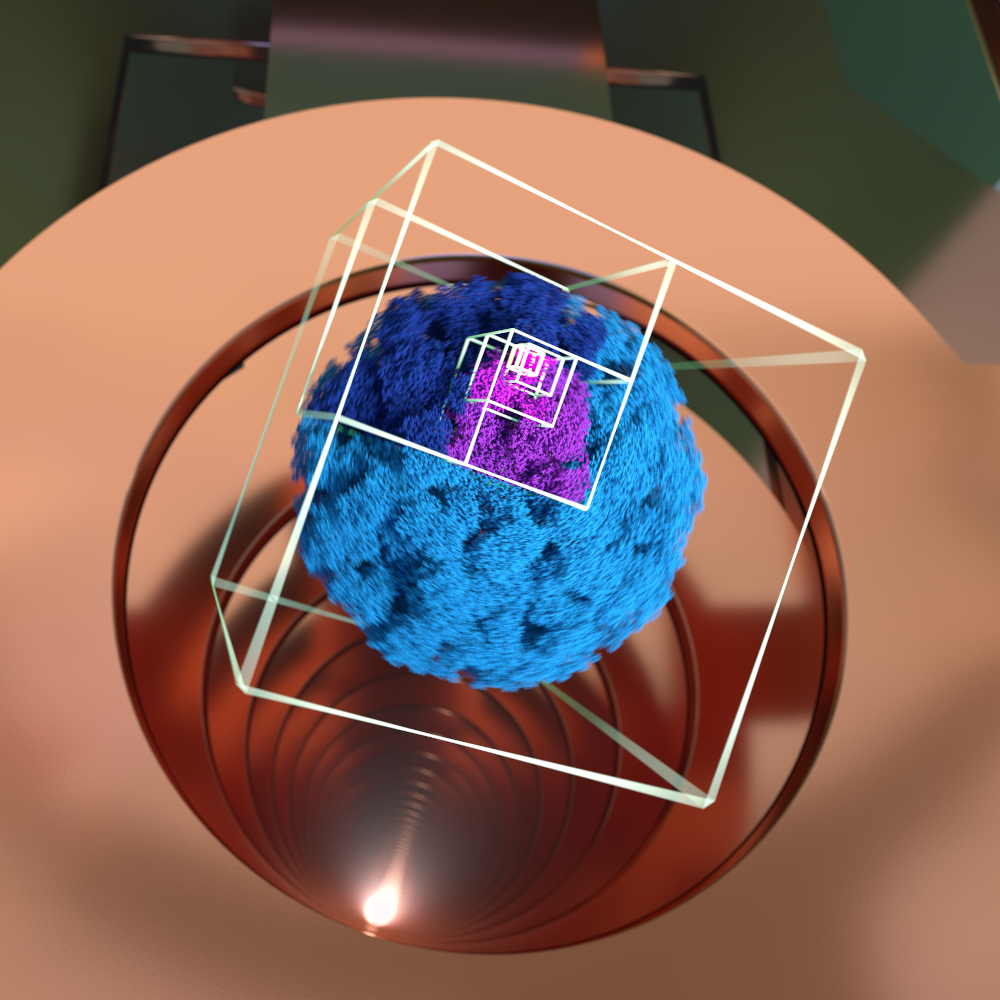
PhD Student in Biochemistry
Project Leader: Erik Marklund
Biophysical techniques like single particle imaging with X-ray free electron lasers, native mass spectrometry, and ion mobility spectrometry require the delivery of intact macromolecules to the gas phase. Important aspects of the transfer from solution remain unchartered however, with negaitve implications for the experiments. Theoretical investigations have proven useful in this area, and have additionally uncovered new means for manipulating the molecules. We develop and harness advanced computatons and simulations for advancing gas-phase structural biology. This work takes place on teh cusp between fields, combining chemistry, physics, biology, and high-performance computing.
